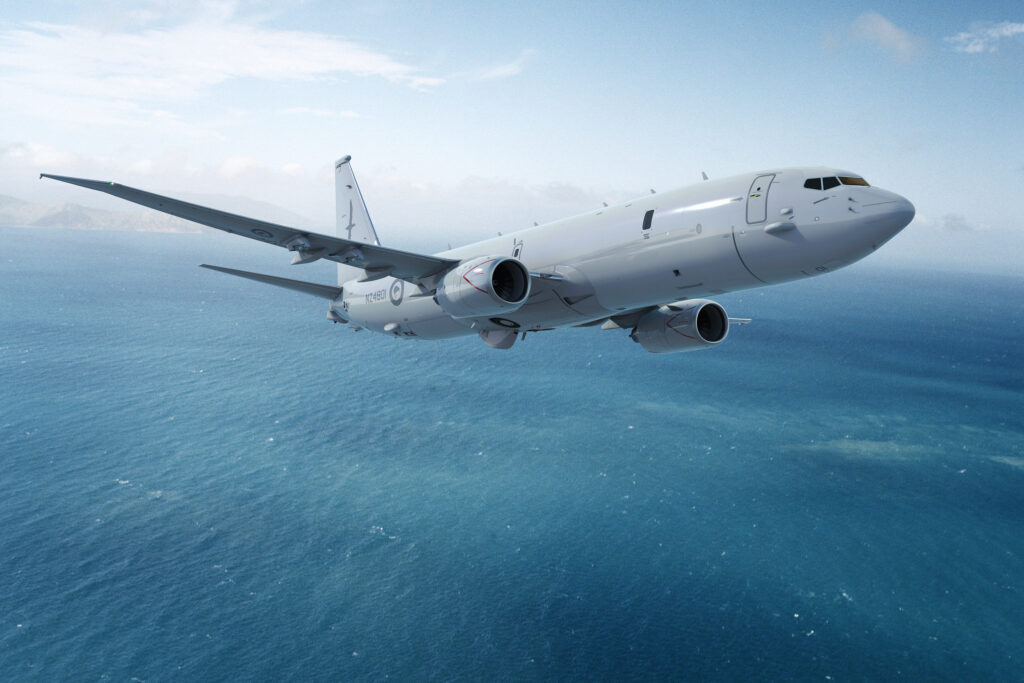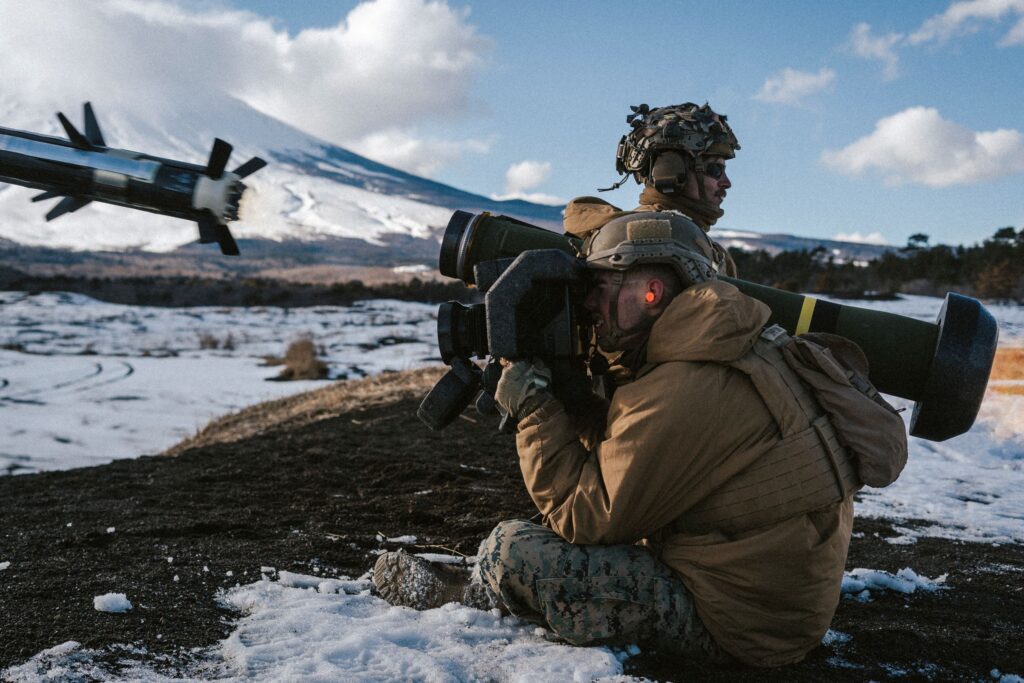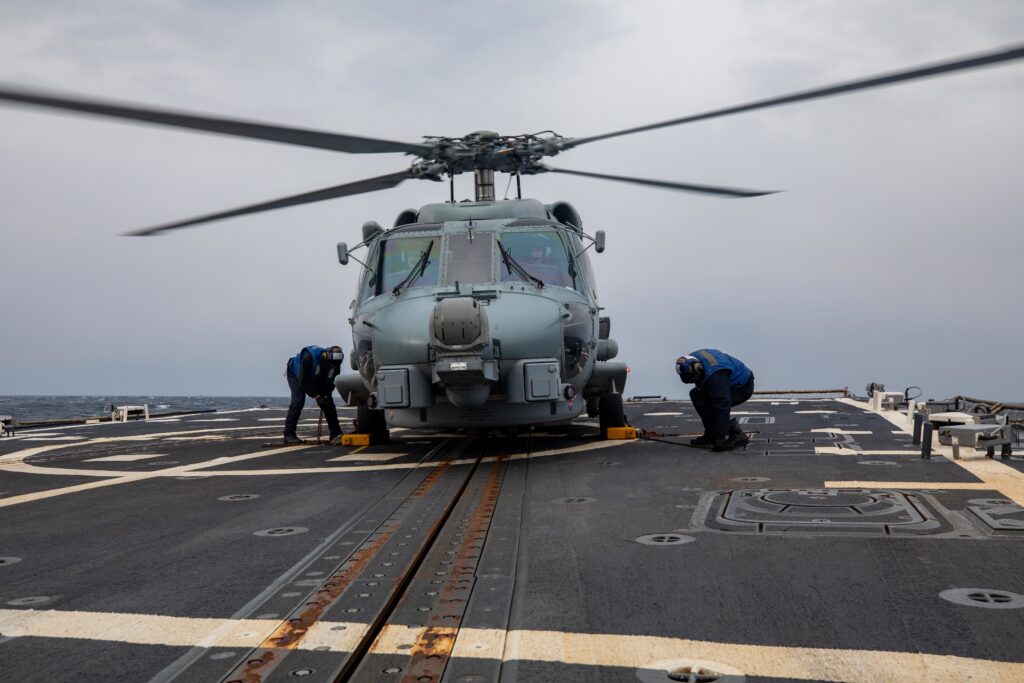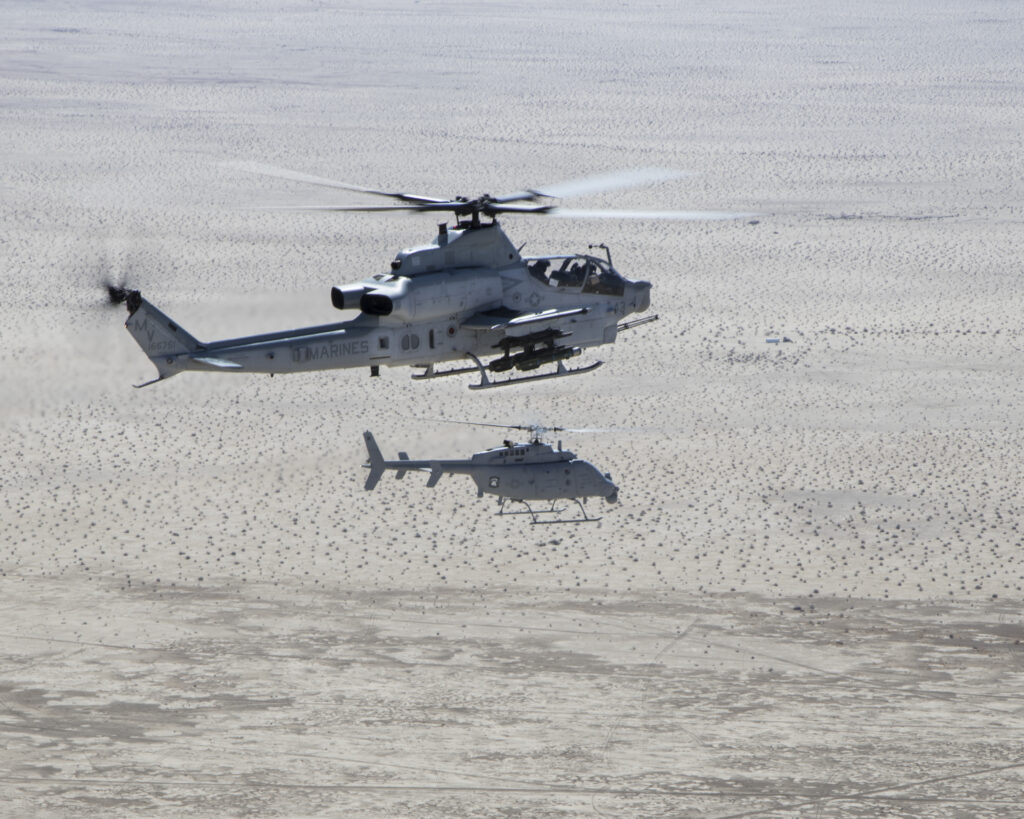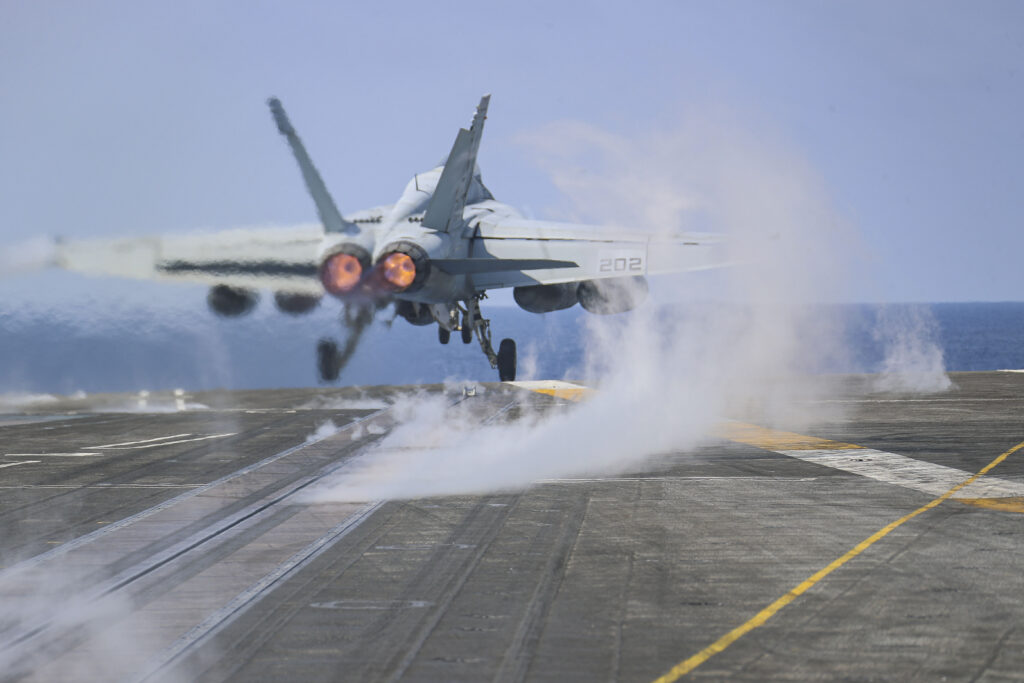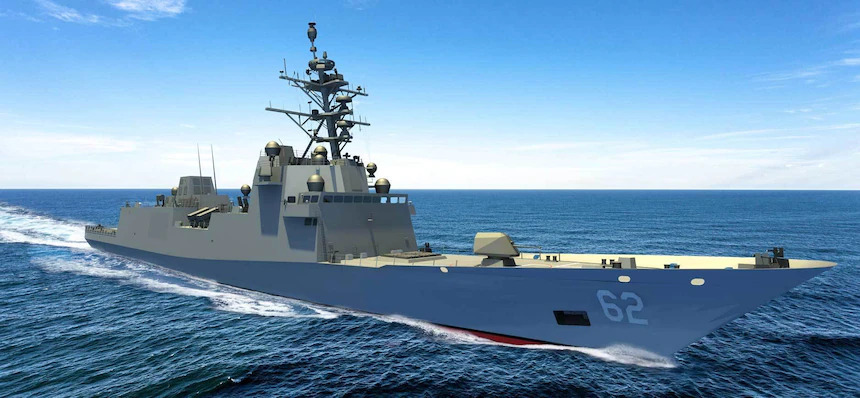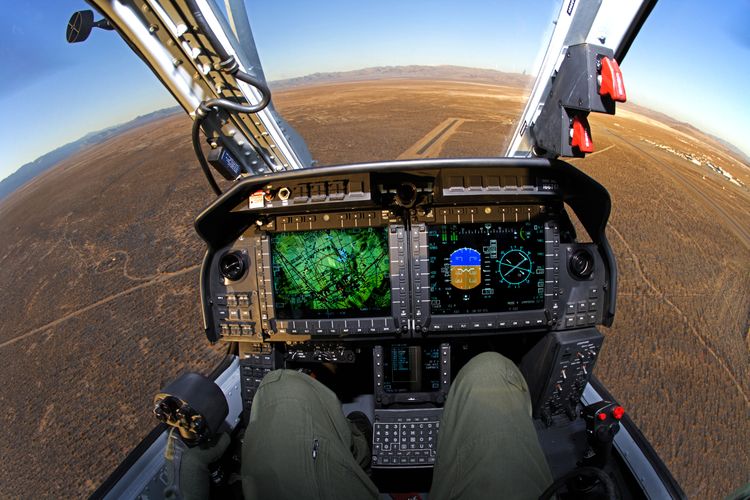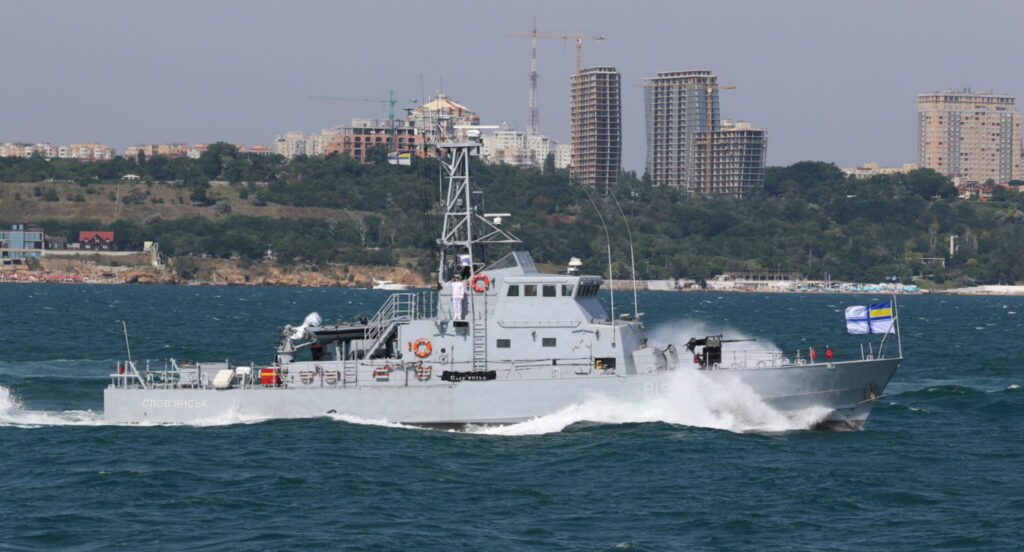Elements of Kearsarge ARG and 22nd MEU Deploy
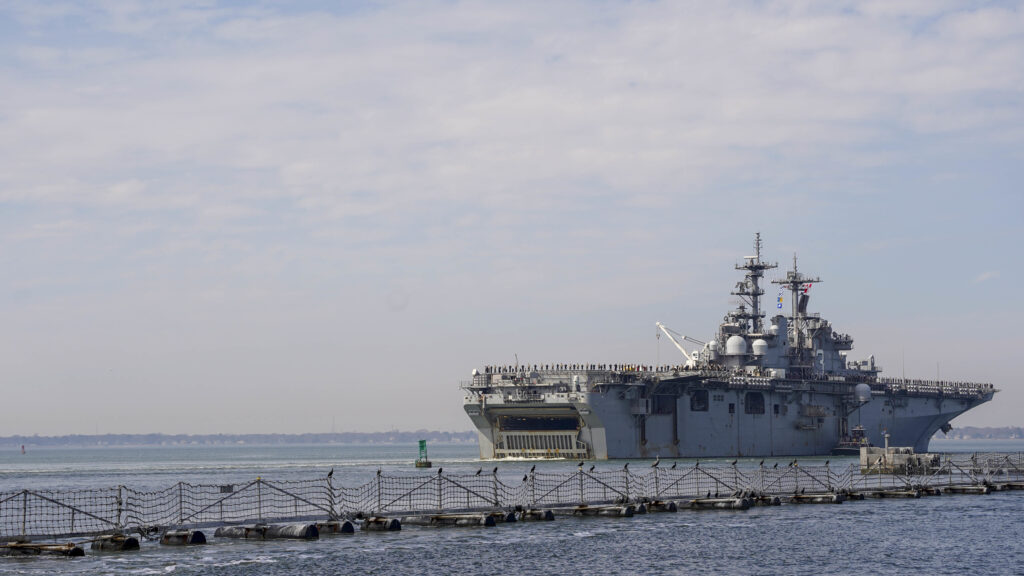
NORFOLK, Va. — Elements of the Kearsarge Amphibious Ready Group with embarked 22nd Marine Expeditionary Unit departed Naval Station Norfolk and Camp Lejeune, North Carolina, for a regularly scheduled deployment on March 16, U.S. 2nd Fleet Public Affairs said in a release.
The deployment is part of a regular rotation of forces that foster maritime security and increased theater cooperation by providing a forward naval presence with vast, specialized crisis response capabilities.
“After months of rigorous training, the Kearsarge ARG and 22nd MEU are ready to exercise our mission sets across a range of military operations,” said Capt. David Guluzian, commander of Amphibious Squadron 6. “The ARG-MEU team is a fully integrated, multi-mission fighting force ready to respond and decisively engage any situation or challenge during this deployment.”
The ARG consists of the Wasp-class amphibious assault ship and ARG flagship USS Kearsarge (LHD 3), amphibious transport dock ship USS Arlington (LPD 24) and dock landing ship USS Gunston Hall (LSD 44). Gunston Hall is scheduled to depart Joint Expeditionary Base Little Creek later in the month.
Embarked commands with the Kearsarge ARG include commander, Amphibious Squadron 6, Fleet Surgical Team (FST) 2, Tactical Air Control Squadron (TACRON) 22, Helicopter Sea Combat Squadron (HSC) 28, Assault Craft Unit (ACU) 2, Assault Craft Unit (ACU) 4, Naval Beach Group (NBG) 2 and Beach Master Unit (BMU) 2.
The 22nd MEU, commanded by Col. Paul Merida, will serve as a sea-based, expeditionary crisis response force capable of conducting amphibious missions across the full range of military operations. The 22nd MEU includes the command element; the aviation combat element, Marine Medium Tiltrotor Squadron, 263 (Reinforced); the ground combat element, Battalion Landing Team 2/6 (Reinforced); and the logistics combat element, Combat Logistics Battalion 26.
“During the course of a comprehensive six month training program, the Kearsarge Amphibious Ready Group and the 22nd Marine Expeditionary Unit have built a closely integrated and well trained naval expeditionary force,” said Merida. “We stand ready for any mission or challenge that comes our way.”
This deployment follows months of intense training and preparations during various maritime integration exercises. The Kearsarge ARG-MEU team most recently concluded a composite training unit exercise, a series of exercises designed to fully integrate roughly 4,000 Sailors and Marines into one cohesive contingency force while testing the units’ abilities to carry out sustained operations from the sea. During COMPTUEX, the ARG-MEU operated under NATO command and control, which was a first for an ARG-MEU and is typically only practiced among carrier strike groups. Additionally, this exercise marked the first time a U.S. Coast Guard cutter participated in an ARG-MEU exercise by providing valuable interoperability experience between naval and USCG forces.
The Kearsarge ARG-MEU team is manned, trained, and equipped to fulfill amphibious requirements in support of maritime security and stability. Amphibious ready groups and larger amphibious task forces provide military commanders a wide range of flexible capabilities including maritime security operations, expeditionary power projection, strike operations, forward naval presence, crisis response, sea control, deterrence, counter-terrorism, information operations, security cooperation and counter-proliferation, and humanitarian assistance and disaster relief.

